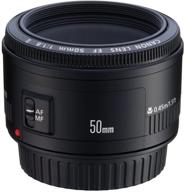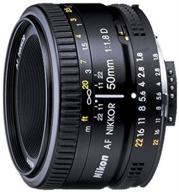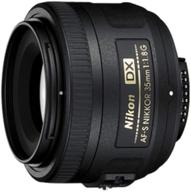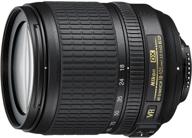
Review on MEKE 6-11mm F/3.5 Wide Angle APS-C Manual Focus Zoom Lens: Compatible with EF Mount DSLR Cameras by Billy Branch

I'm not sure about that.
Firstly, I'm an amateur photographer with little experience who just started photography as a hobby and is able to take professional shots for my real estate business, so I'm trying to use a wide angle lens to capture as many internal and external objects as possible. This is heavy equipment, I believe it weighs over 1 pound. The camera feels very heavy, so I recommend hanging the camera around your neck when using this lens. It appears to be mostly metal, with a nice finish and lots of lens info. The red dot matching that on the camera and lens mount is very small, it could be bigger, it's hard to find. There's no autofocus, so you'll have to change the camera settings to manual as it doesn't contain any electronics and therefore doesn't interact with the camera. Front to back it has a 6mm to 11mm zoom ring, then a focus ring labeled 'far' and 'near' (not standard, but that goes without saying) and finally an aperture ring from 3.5f to 16f. It will also come with a petal lens hood and lens cap, which are bulky and cover the lens and lens hood, and cannot be used to cover the unattached men's lens hood. In my brief experience with the lens, I found that I don't use a lens hood as it would interfere with the image at smaller zoom levels. Now let's move on to performance: with the right settings, it takes razor-sharp shots. First you have to play with the zoom, then the aperture, then the speed and ISO in the camera menu, and finally the focus, which is tricky because you won't notice much of a difference when you set it up. But once you start looking at the details, you'll see the difference. I posted 5 shots of my garden on a cloudy day, at different zooms with the same settings for everything else, f8, ISO 100, shutter speed 1/125. The first is 11mm, which gives you a nice wide-angle image with a slight barrel distortion, as you'd expect, but not bad for real estate photography. But if you then start opening it further to 9.5mm, which is the second image, you might see some darkening in the corners, albeit slightly, but still noticeable. At 8mm you now see the typical circle of a fisheye lens, but cropped at the top and bottom, larger at 7mm and finally a circle that is still cropped at the top and bottom with a barrel effect, again without a full-frame circle. . In addition, a bluish border can be seen at the edges of the image, which does not change even when the settings are changed. I don't know if this is a normal effect or a defect in the lens. I've seen photos of fisheye lenses that didn't have these rings. I'm not leaving this lens, I'm coming back because like I said it feels very heavy, I think it's totally useless below 10-11mm and it has too many settings to play with. I'm waiting for the Oshiro 8mm fisheye to try it and see how it goes. But I'm afraid it might look like this, although it's a diagonal fisheye, it should fill the frame on my cropped Canon SL3 APS-C sensor. Canon's 10-18mm zoom, which should be fully automatic and give me a good range of wide-angle shots, didn't stand a chance. Compared to the $179 Meike and $129 Oshiro, Canon's 10-18mm zoom costs about $245 at some online retailers, but as we said, it has autofocus and image stabilization, which come in handy possible when not using a tripod. So this is my review of the Meike 6-11mm. As I said, I'm no expert and can't say much about the real specs, but most likely Ai will buy a Canon, and maybe based on my experience with the Oshiro 8mm, I'll leave it because of its low price, like novelty lens .
- Great Price
- I vaguely remember
New products
Comments (0)
Top products in 👓 Lenses

Canon EF 50mm f/1.8 II Fixed Lens - Discontinued by Manufacturer

93 Review

Nikon 50mm f/1.8D Lens: Perfect for Nikon DSLR Cameras!

97 Review

Nikon 35mm f/1.8G Auto Focus Lens for Nikon DSLR Cameras - Black (Model 2183)

125 Review

New Nikon 18-105mm Vibration Reduction 📷 Zoom Lens with Auto Focus for Nikon DSLRs

104 Review





